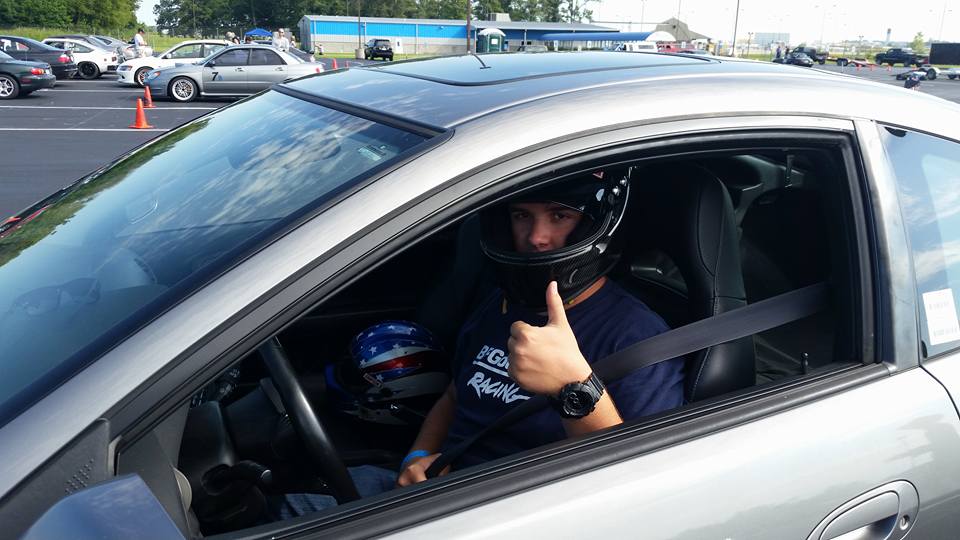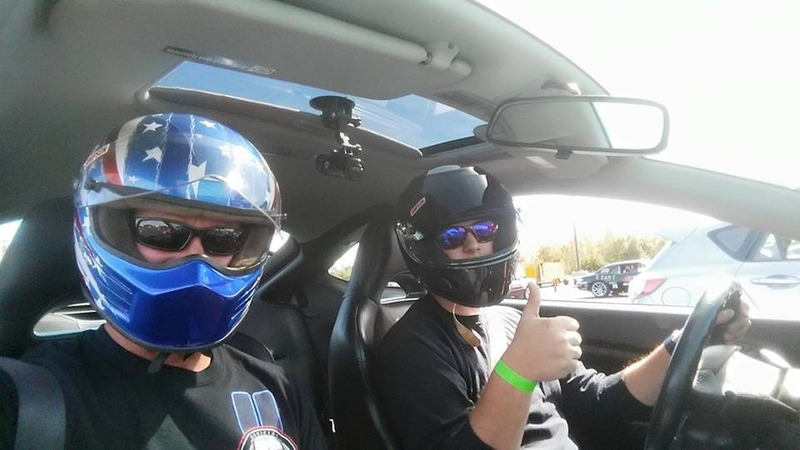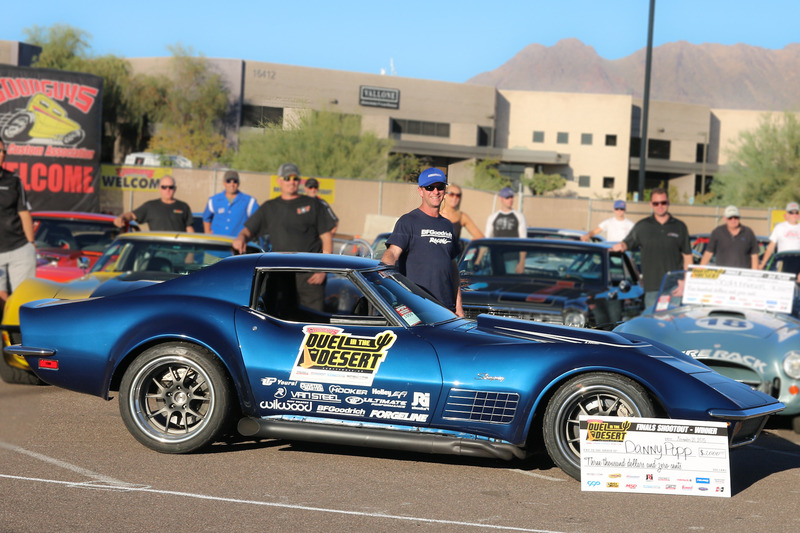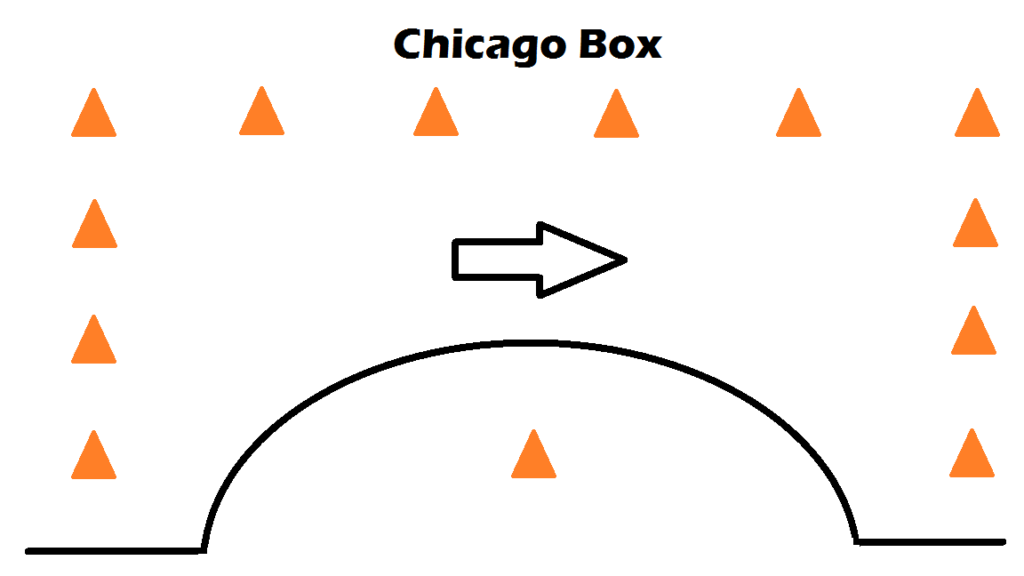
Editor’s Note: Nathan Popp, 17, is the son of champion autocrosser and road racer Danny Popp. In his first OnAllCylinders column, Nathan recounts the story of his first autocross competition at age 15, dropping in some autocrossing pro tips along the way. We’ll look forward to sharing more of Nathan’s story in the future.
…
I’m often asked, “How did you get so lucky?”
The truth is: I’m not sure.
I was born into the Popp family which is filled with automotive enthusiasts and racers, and it was practically in my blood to be what I am today.
Growing up, I was very curious and willing to learn. It helped growing up in a parking lot full of cones and experienced drivers willing to push their cars and themselves to their limits.
I watched many drivers weave their way in and out of cones in several different types of cars from Honda S2000s and Civics, to Chevrolet Corvettes and Camaros. Like my father, I focused intently on the Corvettes and Camaros.
I watched from the time I was 6 until I was 15, and on the exact day I turned 15½, I got my temporary driver’s license.
A few weeks later, I received a text from my father that said, “I’m not sure if I’m ready for this, but I know you are,” and there was a link to my registration of a test and tune and my first local event.

Even though I felt ready to autocross, I was very nervous.
I was signed up to run in our daily driver Acura RSX Type-S, a speed-maintenance type of car being front wheel drive and making 180 horsepower at the wheels.
We drove the car to the event in Wilmington, OH, about a 45-minute drive from home.
We made it to the event site with about eight cars at the test and tune, which was good because it meant we would get a lot of runs.
We walked the course. It was pretty technical with many transitions, Chicago boxes, and slaloms.
I walked it several times memorizing as much as I could—a strategy that many autocrossers use.
Walking back to the car, I drove the course over and over in my head.
I grabbed my helmet, put it on, sat in the car, and buckled up my seat belt, very nervous to make my first run.
As I sat at the starting line, I drove the course again in my head.
Then the man at the starting line gave me the go-ahead.
I remember focusing on making a smart, clean run for my first few attempts. The butterflies had left my stomach as I was getting comfortable with the car and the course.
As the day progressed, I was getting consistently faster, and learning a lot from my father.
A few big things I learned in my first day of autocrossing was how to shift efficiently, when to shift and when not to, how to use the brakes for weight transfer, looking ahead so you know what is coming next, and how to set up better for certain sections of the course.
At the end of the day, I learned a lot and managed to do 45 miles worth of autocross runs.
My first autocross was a big learning experience and I will never forget the memories or what I learned from that day as I grow as a driver.

Day Two: The Lessons Continue
On Day Two of my first local event, the butterflies were back. I was nervous.
I was signed up to run in X-D class with NASA, along with seven other competitors in D class.
The course was the same course but we were running it backward, therefore the course would be similar but not exactly the same.
There were also more competitors than the day before so we would get fewer runs, forcing us to work the course during a heat.
There were three heats. We worked the first heat and ran the second.
Working the first heat gives you a bit of an advantage, because you can see what to do and not do while watching drivers try different things to go faster.
Watching, we could tell right away what was fast and what wasn’t. We could also see what cones were getting hit the most.
Working the course before you run gives you a good perspective and a racing line to start with.
As you pick up the cones that others hit, you make mental notes to not hit those cones.
Our worker shift ended, and as we walked back to the car to put it in grid, I did what I’d done the day before—drove the course in my head.
We put the car in grid and within 10 minutes we were on the starting line.
I made my first run, deciding the course flowed better backward and wasn’t nearly as technical.
I chalked my tires to monitor tire pressure to decide whether I needed to go lower or higher based on the chalk mark on the shoulder. (By marking all four tires with chalk where the tread block goes over the shoulder, you can see after a run how far the tire is “rolling over” on the course. If the tire is rolling too far, you should add air pressure. If it’s not rolling far enough, you should bleed out some air. This is a common method for optimizing air pressure for maximum tire contact patch, and ultimately running the fastest times.)
We made six runs, and on each run I improved and didn’t cone, which was one of my primary goals.
At the end of our runs, I was fifth out of seven competitors, which isn’t too shabby for a temporary licensed teenager.
We ate lunch and watched the third-heat runs to see what I could’ve done better. After the third heat, we stuck around for trophies before heading home.
Autocrossing is always a learning experience when you’re first starting out and you should always be open to advice from the experienced racers.


Well written Nathan. You will go far as a racer if you listen to your Dad!
Great write up buddy!
Nice job, Nathan! Ideas that even some of us old timers can put to good use!
Well done Nathan. I look forward to reading more of your articles.
Nathan great job! I think you have a future in both endeavors.
It’s really hard to put your thoughts on paper. Excellent!!!
[…] When Nathan Popp was 15, he earned his temporary driver’s license and attended his first autocross event with his father. In his first OnAllCylinders contribution, he told that story and tossed in a few pro tips along the way. Check it out. […]